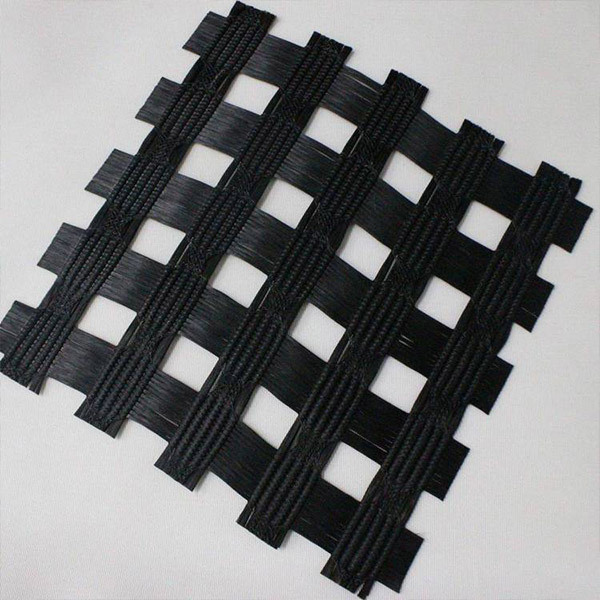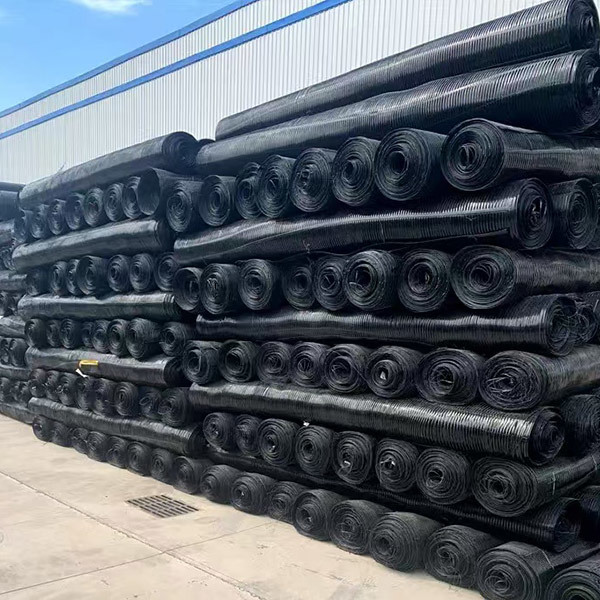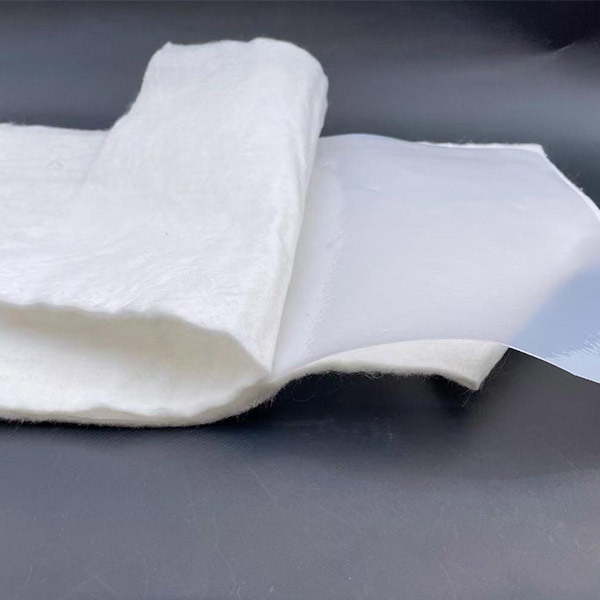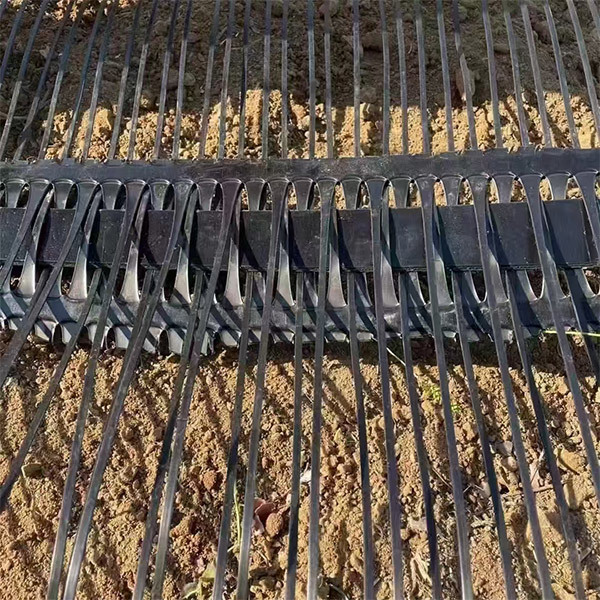How Drainage Boards Are Used in Construction: Functions, Applications & Benefits
Time:
Aug 04,2025
In modern construction projects, effective water management is essential for ensuring the long-term durability and stability of structures. One of the most reliable and efficient solutions for managing subsurface water is the use of drainage boards. These prefabricated systems play a critical role in protecting buildings from water damage and maintaining structural integrity.
In this article, we will explore what drainage boards are, how they are used in various construction applications, and the key benefits they offer for engineers, architects, and contractors.
What Is a Drainage Board?
A drainage board, also known as a drainage sheet or drainage layer, is a high-density polyethylene (HDPE) or polystyrene-based panel designed to manage water flow around buildings. It typically features a dimpled or channeled surface that allows water to flow freely while providing protection for waterproofing membranes and structures.
Drainage boards are often used alongside geomembranes, filter fabrics, and waterproof coatings, forming an integrated water drainage system.
Key Functions of Drainage Boards
Drainage boards serve multiple important functions in construction:
Water Drainage:
They create a gap between the structure and soil, allowing water to flow away from the foundation or wall, reducing hydrostatic pressure.
Waterproofing Protection:
They protect the underlying waterproofing membrane from puncture or damage during backfilling or structural settlement.
Thermal Insulation (in some designs):
Certain drainage boards provide a degree of insulation, enhancing energy efficiency for underground structures.
Root Resistance:
In green roofing and landscaping applications, they help prevent roots from damaging waterproof layers.
Common Construction Applications of Drainage Boards
Drainage boards are versatile and can be applied in various construction settings. Here are the most common scenarios where they are used:
1. Basement and Retaining Walls
In below-grade walls or basement constructions, drainage boards are installed vertically along the outside of the foundation wall.
They redirect groundwater away from the structure.
Prevent the accumulation of hydrostatic pressure.
Protect the wall from water seepage and erosion.
2. Roof Gardens and Green Roofs
Drainage boards are crucial components of sustainable green roofing systems.
They act as a separation and drainage layer.
Help manage excess rainwater and prevent waterlogging.
Promote healthy plant growth by maintaining balanced moisture.
In these systems, drainage boards are often combined with:
Waterproofing membranes
Geotextile layers
Lightweight soil substrates
3. Underground Garages and Podium Decks
Drainage boards are used horizontally on the roof slab of underground garages or podiums.
They allow quick drainage of surface and stormwater.
Prevent water from accumulating above the slab.
Protect the structure beneath from long-term water exposure.
4. Tunnel and Subway Construction
In tunnel engineering, drainage boards are installed on the outer wall of the tunnel lining.
They divert water seepage from surrounding soils.
Maintain dry tunnel interiors.
Enhance the durability of tunnel walls.
5. Road and Railway Subgrades
Drainage boards can be used under pavements, highways, and railway lines.
They promote rapid drainage of rainwater.
Reduce subgrade saturation.
Increase soil stability and prevent pavement cracking or deformation.
Benefits of Using Drainage Boards in Construction
| Benefit | Description |
|---|---|
| ✔️ Improved Water Management | Efficiently drains excess water and reduces water pressure. |
| ✔️ Protection of Waterproof Layers | Prevents damage to membranes during construction and use. |
| ✔️ Increased Lifespan of Structures | Minimizes water-related damage such as cracks and corrosion. |
| ✔️ Lightweight and Easy to Install | Reduces labor time and simplifies construction logistics. |
| ✔️ Eco-Friendly Solutions | Many boards are made from recyclable or green materials. |
Drainage Board Installation Tips
Surface Preparation: Ensure the wall or slab is clean and smooth before installation.
Secure Positioning: Boards should be mechanically fixed or adhered to prevent movement.
Overlap Edges: Ensure tight overlaps or shiplap joints to create a continuous layer.
Pair with Filter Fabrics: Prevent clogging of the drainage channels by wrapping with geotextile fabric.
Choosing the Right Drainage Board
When selecting a drainage board, consider the following factors:
Load-bearing capacity
Flow rate and drainage speed
Chemical and biological resistance
Compatibility with waterproofing systems
Thickness and dimple height
You may consult your supplier for technical data sheets to match the board to your project’s specific requirements.
Conclusion
Drainage boards are an essential part of water management strategies in both above-ground and below-ground construction. Whether it’s for basement walls, roof gardens, or tunnel linings, they provide reliable protection, extend the life of the building, and support eco-friendly design practices.
Looking for high-performance drainage boards for your next project?
👉 Contact us today for free samples and custom pricing





